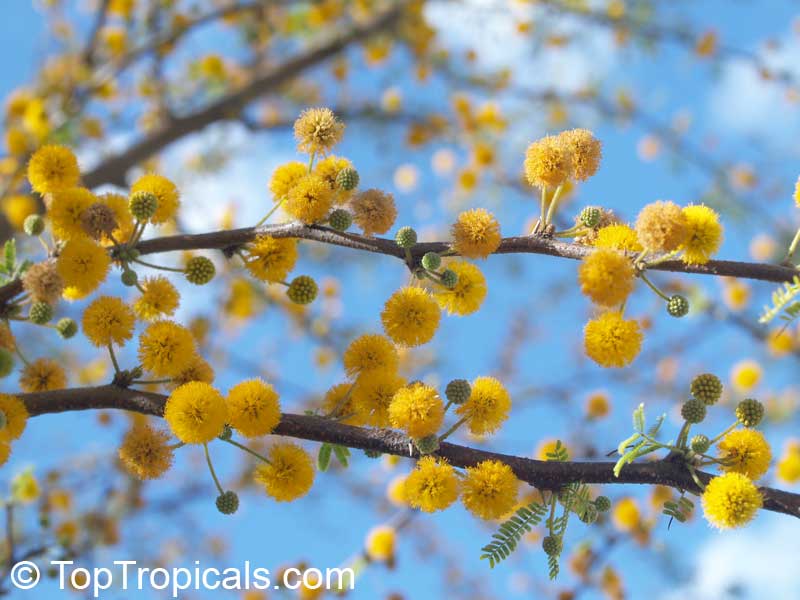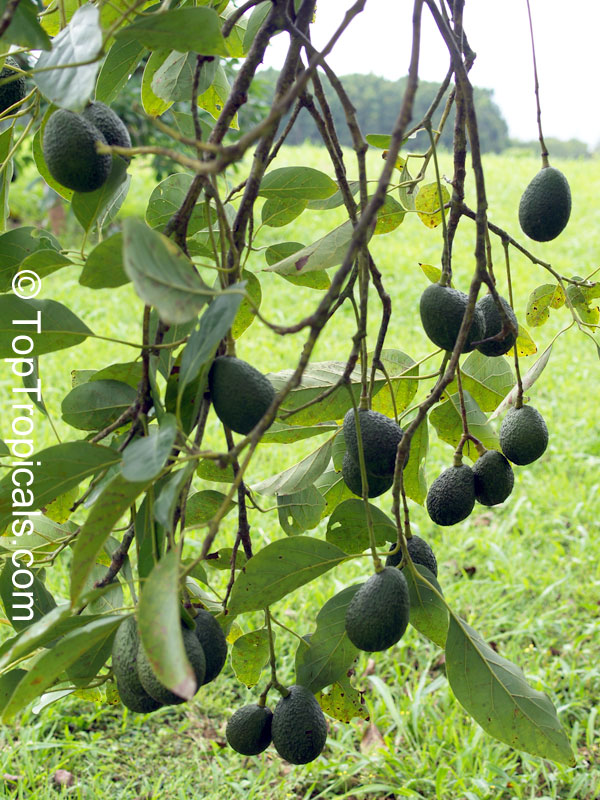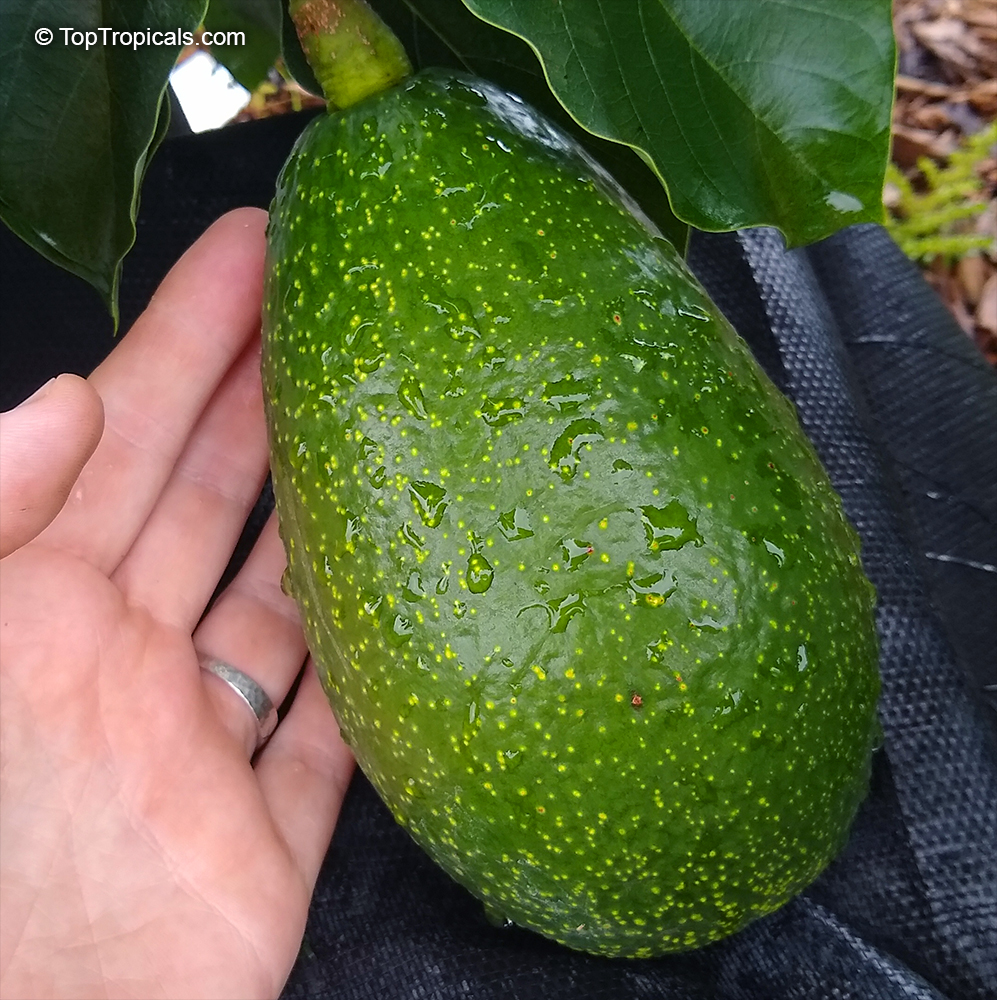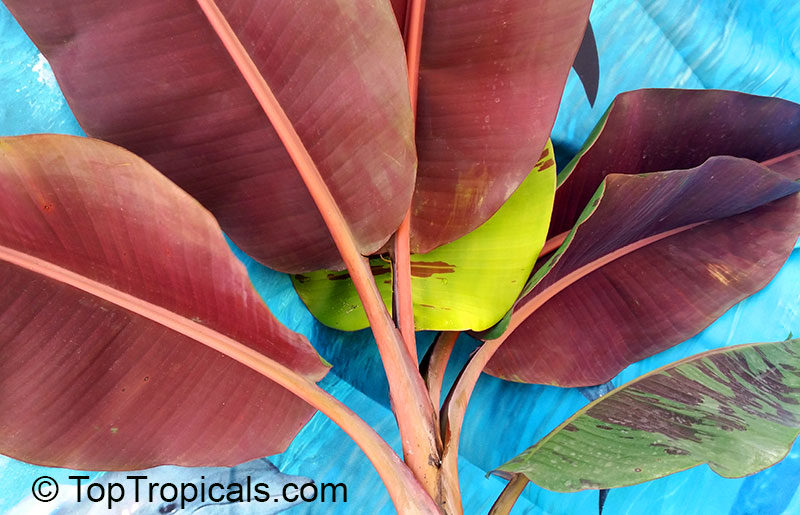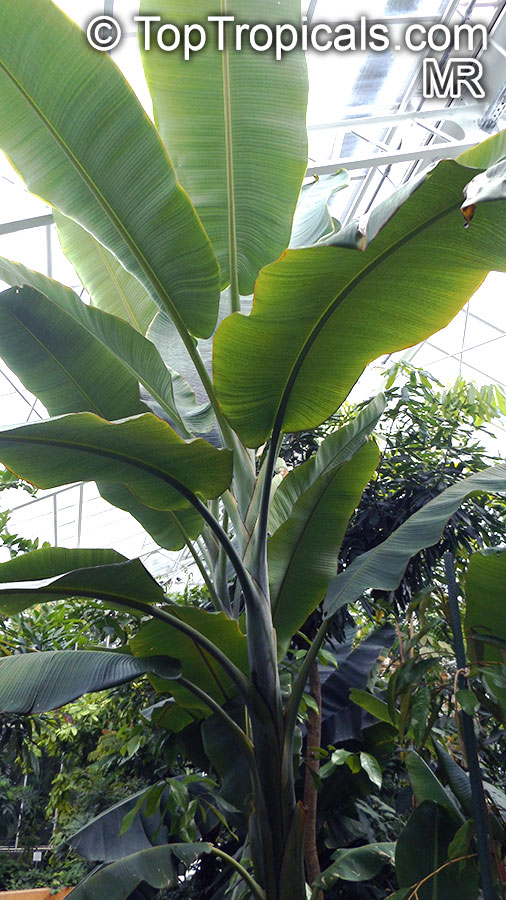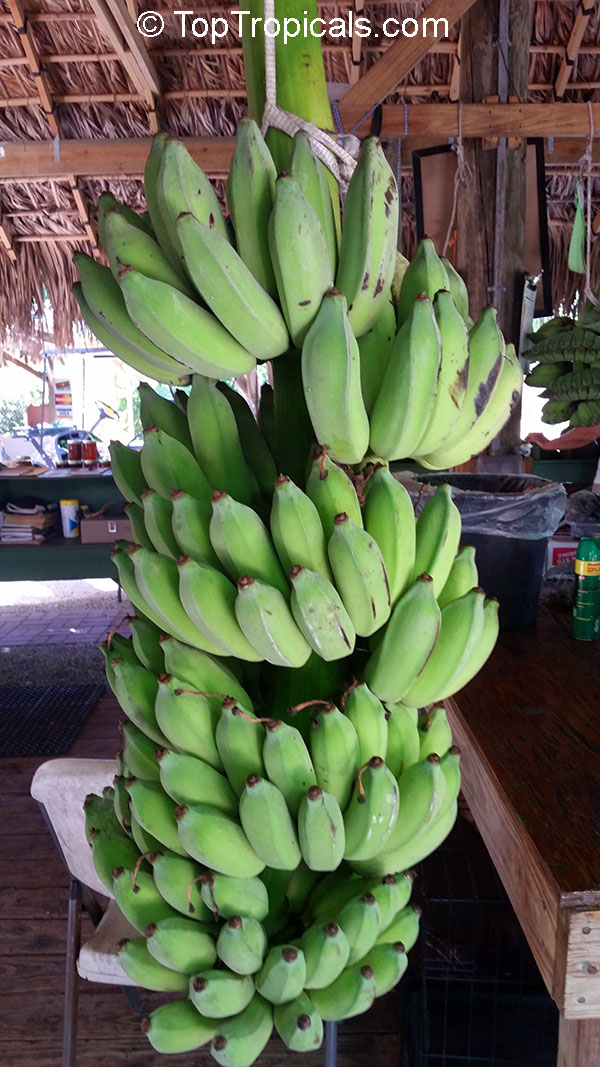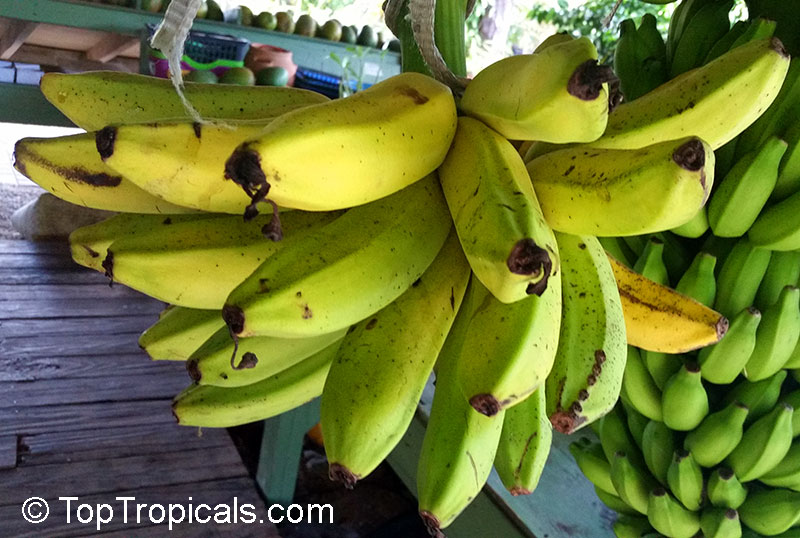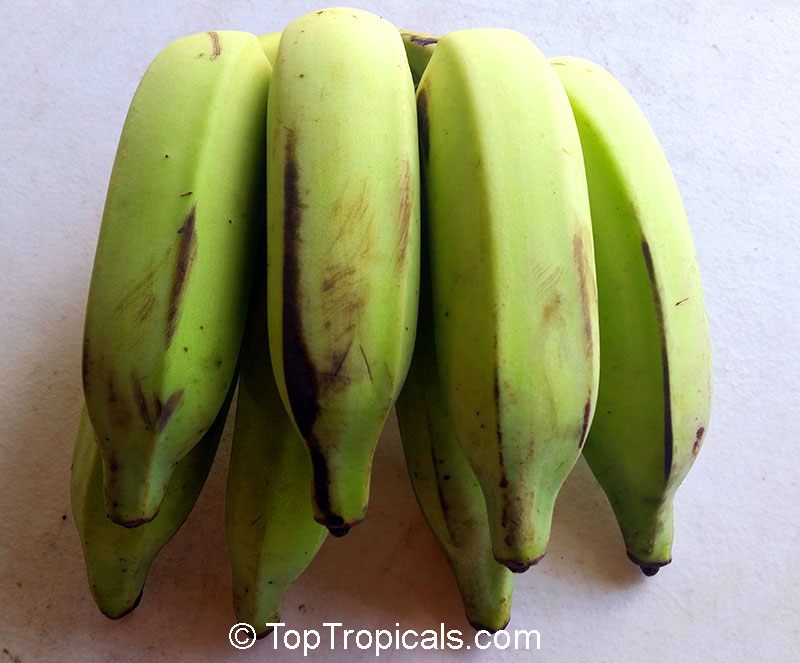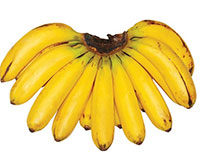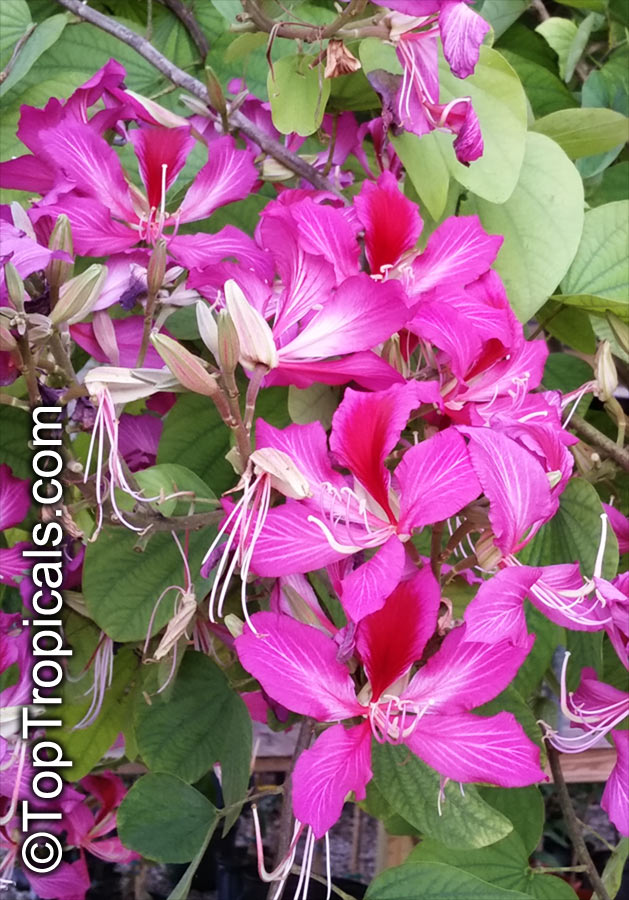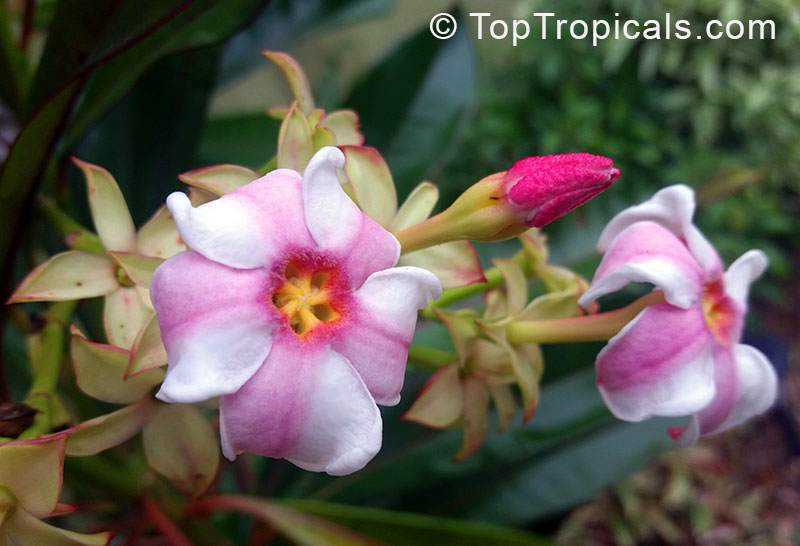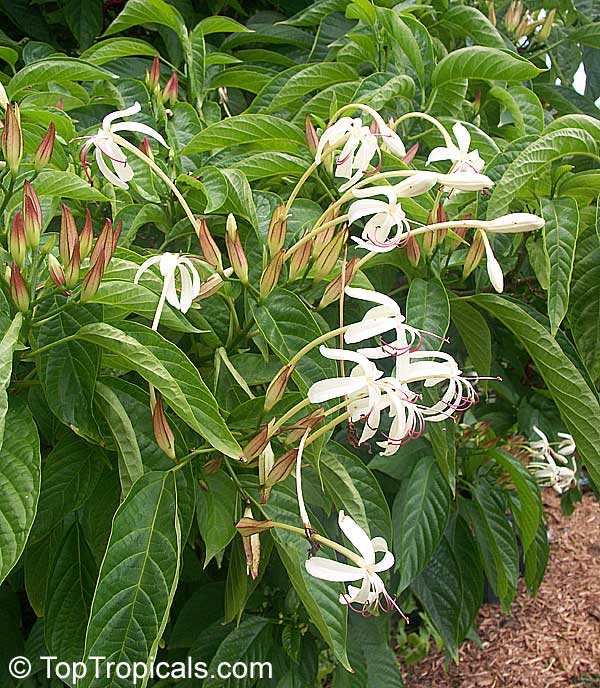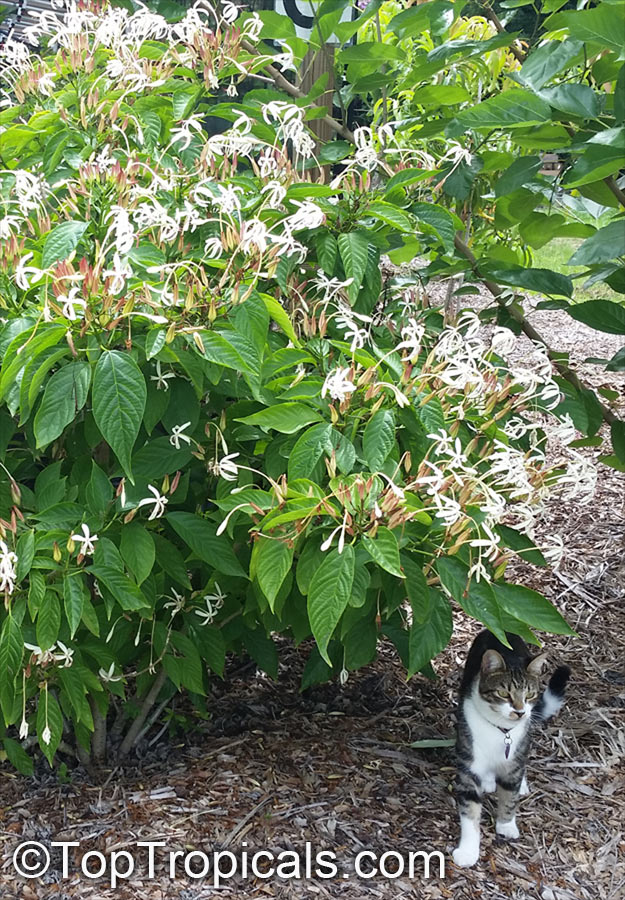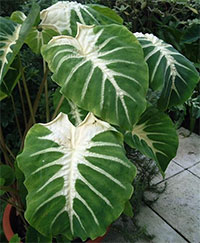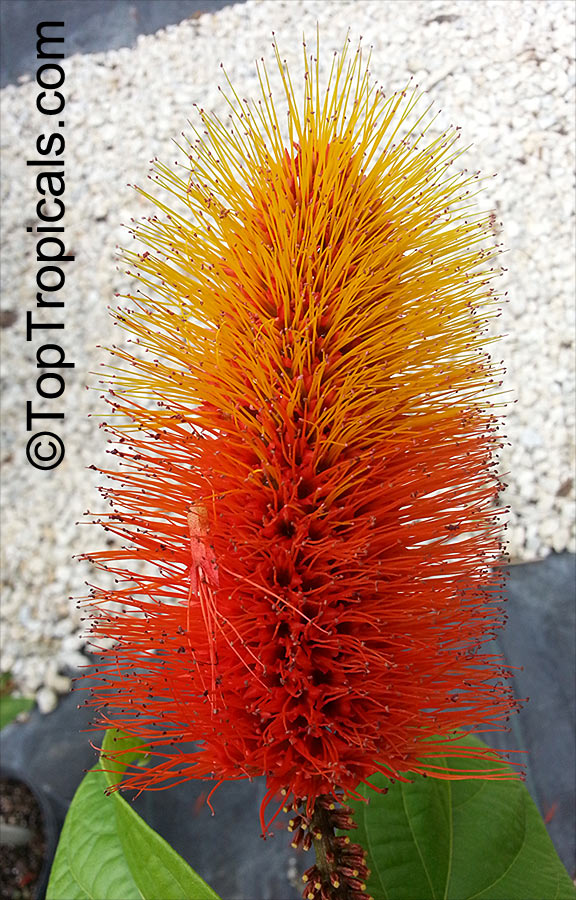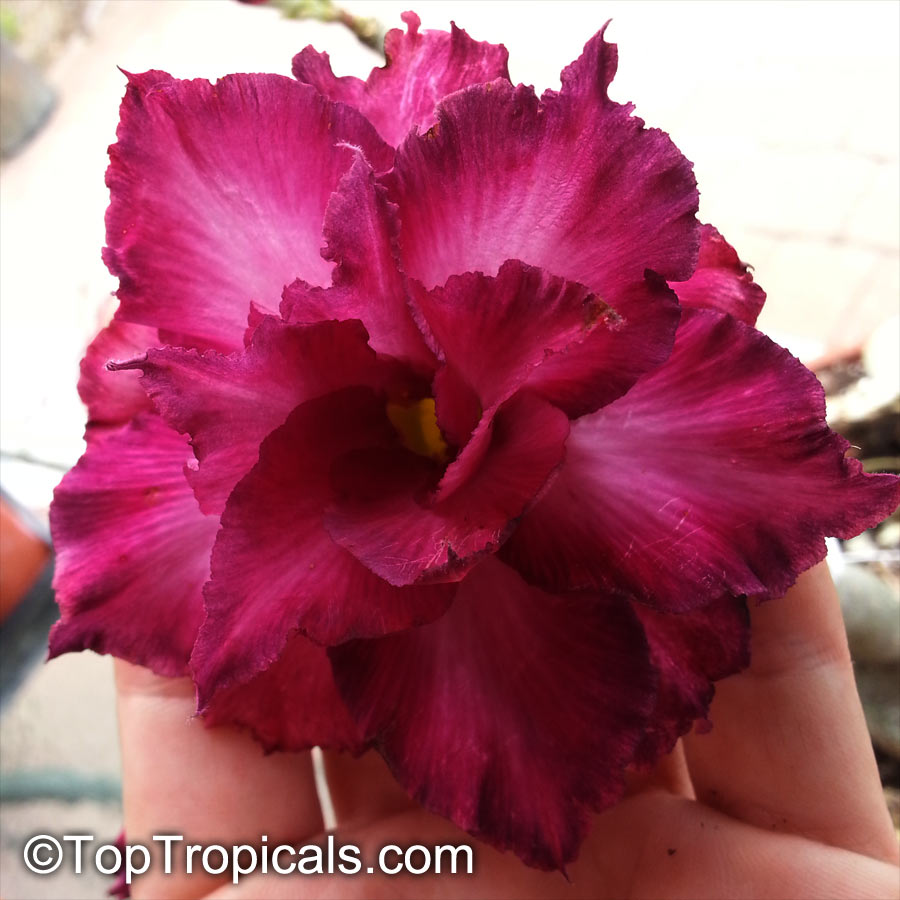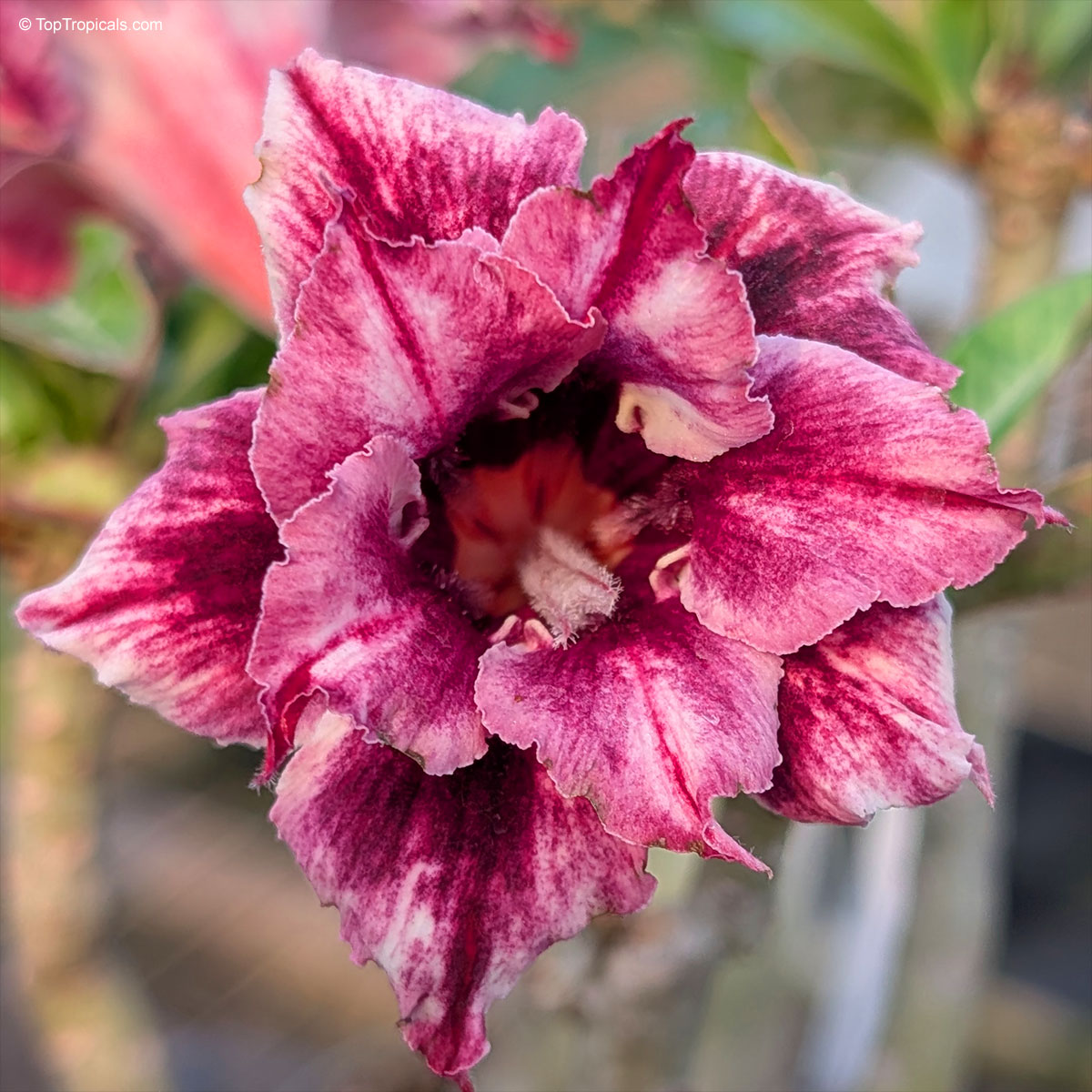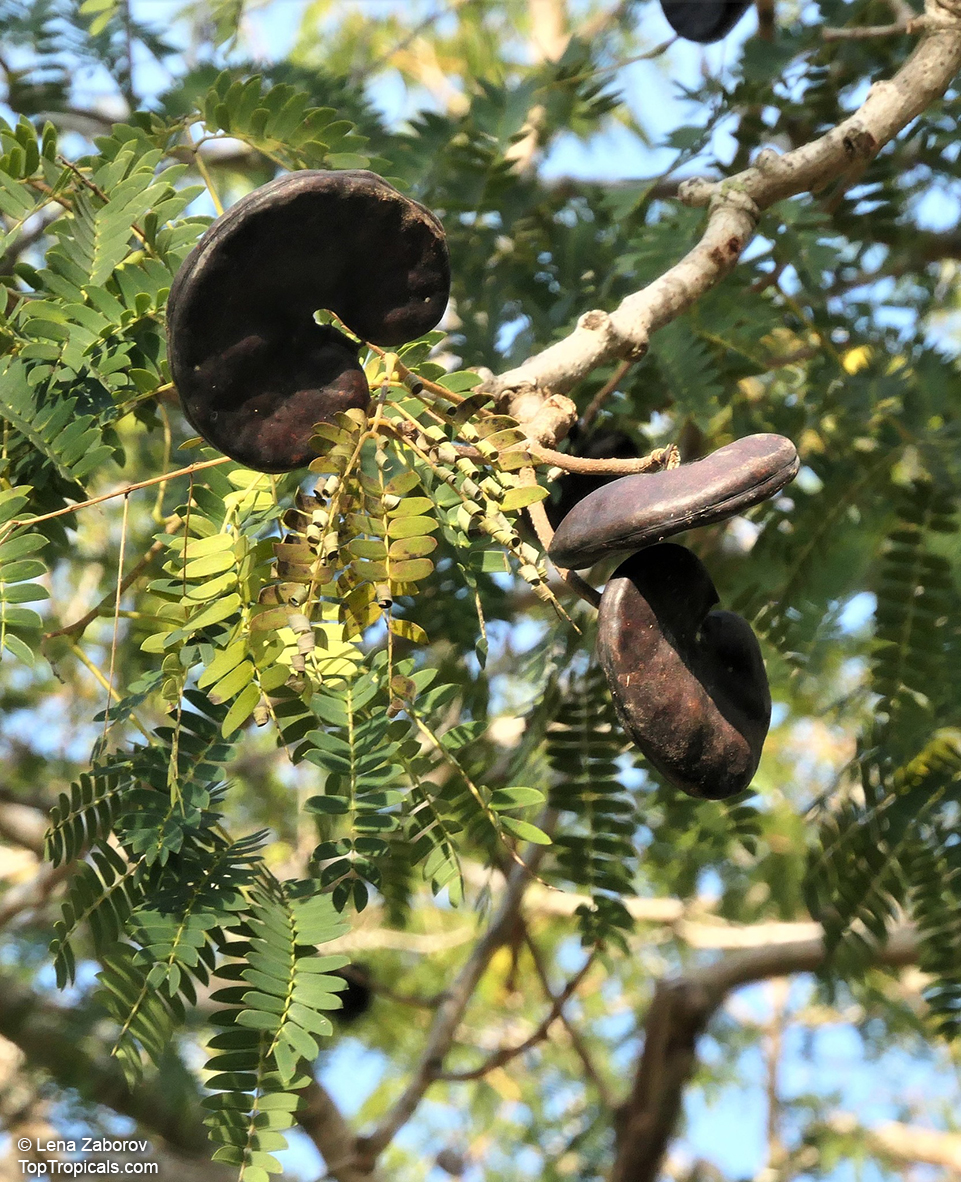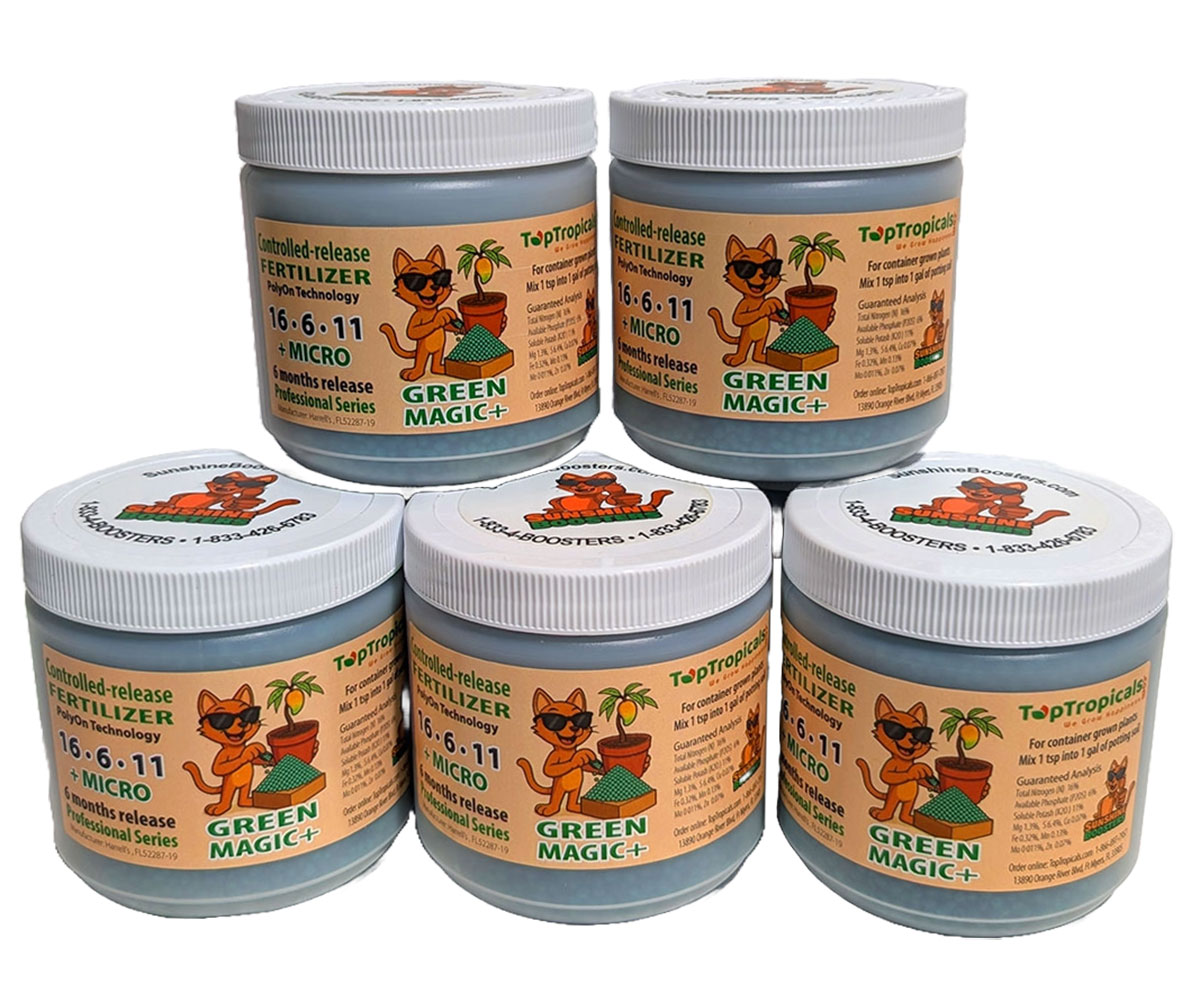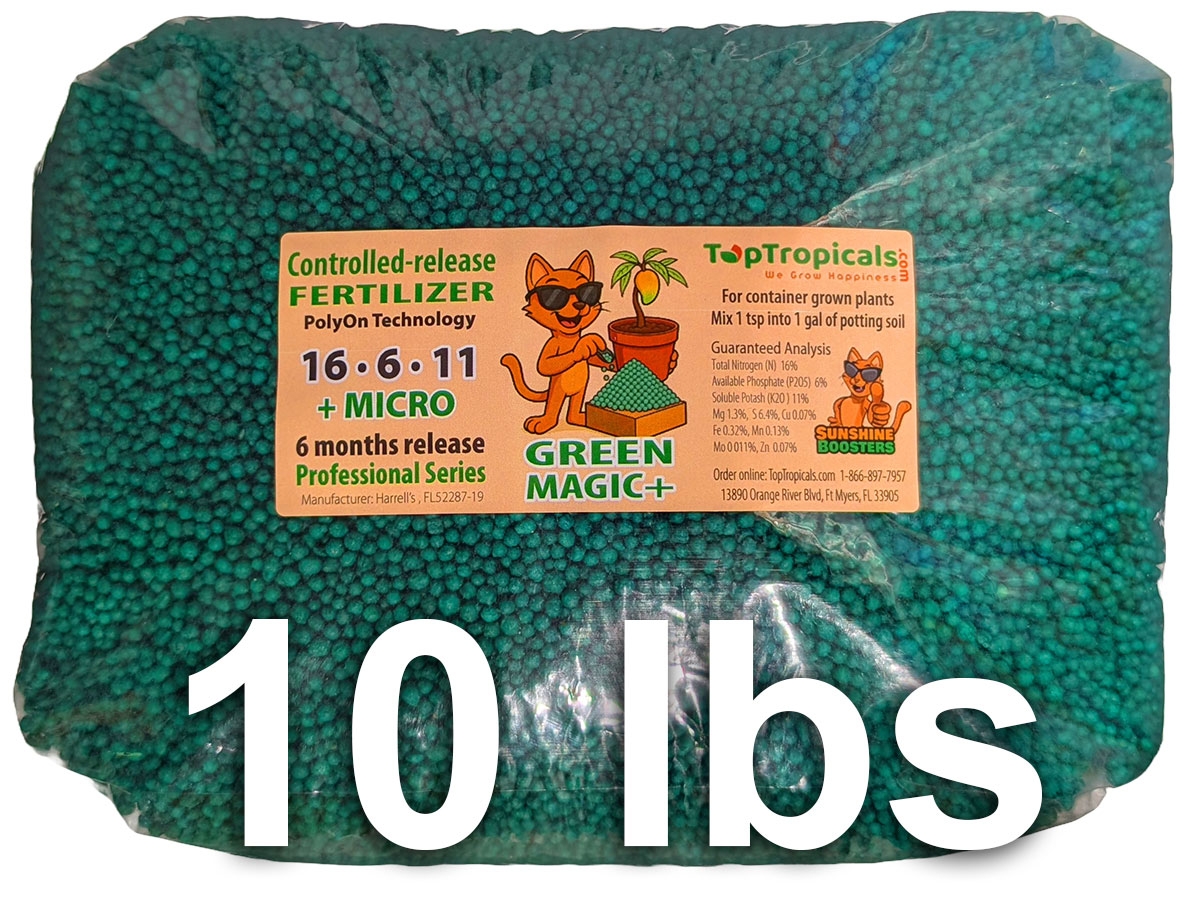SEARCH RESULTS: NASHIA
| Number of items: 277 |
 Next page | Go to page: 1 2 3 4 5 Last |
Nothing found per your request: nashia. Here are some suggestions
CHECK OUT OUR FLASH DEALS:
BOGO - buy one get one free
Secret Garden - Half price limited time
See all deals and limited time offers
To stay on top of our deals and be the first one to receive discount coupons and limited time deals:
Sign up for our Newsletter!
BOGO - buy one get one free
Secret Garden - Half price limited time
See all deals and limited time offers
To stay on top of our deals and be the first one to receive discount coupons and limited time deals:
Sign up for our Newsletter!










Recommended Fertilizer: SUNSHINE Megaflor - Bloom Nutrition Booster
Grown in
6"/1 gal pot
3 Plants in stock
$39.95
This item is certified for shipping to all states/territories, including Puerto Rico (with phytocertificate), US VI (with phytocertificate), Louisiana, Arizona, Texas, California (with phytocertificate).






Recommended Fertilizer: SUNSHINE C-Cibus - Crop Nutrition Booster
SUNSHINE-Honey - sugar booster
Grown in
10"/3 gal pot
2 plants in stock
$89.95
This item is certified for shipping to all states/territories, including Puerto Rico (with phytocertificate), US VI (with phytocertificate), Louisiana, Texas, California (with phytocertificate).






Recommended Fertilizer: SUNSHINE C-Cibus - Crop Nutrition Booster
SUNSHINE-Honey - sugar booster
Grown in
10"/3 gal pot
8 plants in stock
$89.95
This item is certified for shipping to all states/territories, including Puerto Rico (with phytocertificate), US VI (with phytocertificate), Louisiana, Texas, California (with phytocertificate).







Recommended Fertilizer: SUNSHINE Robusta - Rapid Growth Booster
Grown in
10"/3 gal pot, large plant
In stock
$49.95
Sale $39.95
Max purchase qty: 2
This item is certified for shipping to all states/territories, including Puerto Rico (with phytocertificate), US VI (with phytocertificate), Louisiana, Texas, California (with phytocertificate). This item is not certified for shipping to Hawaii.






Recommended Fertilizer: SUNSHINE Robusta - Rapid Growth Booster
This item can not be shipped. Pick up only. We can provide local delivery around Ft. Myers or Sebring, Florida. Contact us for an estimate. Non-pickup orders are subject to restocking fees.
Grown in
10"/3 gal pot, large plant, pick up only
6 Plants in stock
$49.95
Sale $29.95
Max purchase qty: 2






Recommended Fertilizer: SUNSHINE Robusta - Rapid Growth Booster
This item can not be shipped. Pick up only. We can provide local delivery around Ft. Myers or Sebring, Florida. Contact us for an estimate. Non-pickup orders are subject to restocking fees.
Grown in
10"/3 gal pot, large plant, pick up only
In stock
$49.95
Sale $29.95





Recommended Fertilizer: SUNSHINE Robusta - Rapid Growth Booster
Grown in
10"/3 gal pot, very large plant, topped for shipping
6 plants in stock
$49.95
This item is certified for shipping to all states/territories, including Puerto Rico (with phytocertificate), US VI (with phytocertificate), Louisiana, Texas, California (with phytocertificate). This item is not certified for shipping to Hawaii.





Recommended Fertilizer: SUNSHINE Robusta - Rapid Growth Booster
Grown in
6"/1 gal pot
2 plants in stock
$39.95
This item is certified for shipping to all states/territories, including Puerto Rico (with phytocertificate), US VI (with phytocertificate), Louisiana, Arizona, Texas, California (with phytocertificate). This item is not certified for shipping to Hawaii.





Recommended Fertilizer: SUNSHINE Robusta - Rapid Growth Booster
Grown in
10"/3 gal pot, large plant
2 plants in stock
$49.95
This item is certified for shipping to all states/territories, including Puerto Rico (with phytocertificate), US VI (with phytocertificate), Louisiana, Texas, California (with phytocertificate). This item is not certified for shipping to Hawaii.





Recommended Fertilizer: SUNSHINE Robusta - Rapid Growth Booster
Grown in
10"/3 gal pot, large plant, topped for shipping
8 plants in stock
$49.95
This item is certified for shipping to all states/territories, including Puerto Rico (with phytocertificate), US VI (with phytocertificate), Louisiana, Texas, California (with phytocertificate). This item is not certified for shipping to Hawaii.





Recommended Fertilizer: SUNSHINE Robusta - Rapid Growth Booster
Grown in
10"/3 gal or larger pot, large plant
5 plants in stock
$69.95
This item is certified for shipping to all states/territories, including Puerto Rico (with phytocertificate), US VI (with phytocertificate), Louisiana, Texas, California (with phytocertificate). This item is not certified for shipping to Hawaii.





Recommended Fertilizer: SUNSHINE Robusta - Rapid Growth Booster
Grown in
10"/3 gal pot, topped for shipping
In stock
$49.95
This item is certified for shipping to all states/territories, including Puerto Rico (with phytocertificate), US VI (with phytocertificate), Louisiana, Texas, California (with phytocertificate). This item is not certified for shipping to Hawaii.








Recommended Fertilizer: SUNSHINE Megaflor - Bloom Nutrition Booster
This item can not be shipped. Pick up only. We can provide local delivery around Ft. Myers or Sebring, Florida. Contact us for an estimate. Non-pickup orders are subject to restocking fees.
Grown in
14"/7 gal pot, pick up or delivery
1 plant in stock
Last one
Last one
$99.95











Recommended Fertilizer: SUNSHINE Pikake - Fragrant Flower Booster
Grown in
10"/3 gal pot
In stock
$49.95
This item is certified for shipping to all states/territories, including Puerto Rico (with phytocertificate), US VI (with phytocertificate), Louisiana, Texas, California (with phytocertificate).






Recommended Fertilizer: SUNSHINE Megaflor - Bloom Nutrition Booster
Grown in
10"/3 gal pot, large plant
In stock
$39.95
Sale $29.95
This item is certified for shipping to all states/territories, including Puerto Rico (with phytocertificate), US VI (with phytocertificate), Louisiana, Texas, California (with phytocertificate).






Recommended Fertilizer: SUNSHINE Megaflor - Bloom Nutrition Booster
Grown in
14"/7 gal pot, large plant
7 Plants in stock
$79.95
This item is certified for shipping to all states/territories, including Puerto Rico (with phytocertificate), US VI (with phytocertificate), Louisiana, Texas.








Recommended Fertilizer: SUNSHINE Robusta - Rapid Growth Booster
Grown in
6"/1 gal pot
In stock
$39.95
This item is certified for shipping to all states/territories, including Puerto Rico (with phytocertificate), US VI (with phytocertificate), Louisiana, Arizona, Texas, California (with phytocertificate).








Recommended Fertilizer: SUNSHINE Megaflor - Bloom Nutrition Booster
Grown in
6"/1 gal or larger pot
5 plants in stock
$59.95
This item is certified for shipping to all states/territories, including Puerto Rico (with phytocertificate), US VI (with phytocertificate), Louisiana, Arizona, Texas, California (with phytocertificate).









Recommended Supplies: SUNSHINE Megaflor - Bloom Nutrition Booster
SUNSHINE-Epi - Caudex booster
Adenium Soilless Mix
Succulent Care. This plant is shipped bare-rooted. Plant it in well-drained soil mix, water and keep in warm (75-80F) place in filtered light. Let soil dry between waterings.
Grown in
6"/1 gal pot, shipped barerooted
7 plants in stock
$49.95
This item is certified for shipping to all states/territories, including Puerto Rico (with phytocertificate), US VI (with phytocertificate), Louisiana, Arizona, Texas, California (with phytocertificate).









Recommended Supplies: SUNSHINE Megaflor - Bloom Nutrition Booster
SUNSHINE-Epi - Caudex booster
Adenium Soilless Mix
Succulent Care. This plant is shipped bare-rooted. Plant it in well-drained soil mix, water and keep in warm (75-80F) place in filtered light. Let soil dry between waterings.
Grown in
6"/1 gal pot, shipped barerooted
6 plants in stock
$49.95
This item is certified for shipping to all states/territories, including Puerto Rico (with phytocertificate), US VI (with phytocertificate), Louisiana, Arizona, Texas, California (with phytocertificate).










Recommended Supplies: SUNSHINE Megaflor - Bloom Nutrition Booster
SUNSHINE-Epi - Caudex booster
Adenium Soilless Mix
Succulent Care. This plant is shipped bare-rooted. Plant it in well-drained soil mix, water and keep in warm (75-80F) place in filtered light. Let soil dry between waterings.
Grown in
6"/1 gal pot, shipped barerooted
6 plants in stock
$49.95
This item is certified for shipping to all states/territories, including Puerto Rico (with phytocertificate), US VI (with phytocertificate), Louisiana, Arizona, Texas, California (with phytocertificate).






Grown in
6"/1 gal or larger pot
In stock
$29.95
This item is certified for shipping to all states/territories, including Puerto Rico (with phytocertificate), US VI (with phytocertificate), Louisiana, Arizona, Texas, California (with phytocertificate).
Professional-grade, balanced, controlled-release granulated... more
This item may be shipped separately from plants.
This item may be shipped separately from plants.
1 lb (1 jar)
In stock
$14.95
Professional-grade, balanced, controlled-release granulated... more
This item may be shipped separately from plants.
This item may be shipped separately from plants.
10 lb bag
In stock
$39.95
| Number of items: 277 |
 Next page | Go to page: 1 2 3 4 5 Last |


